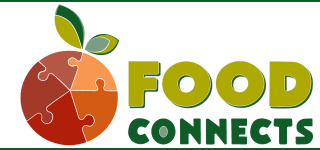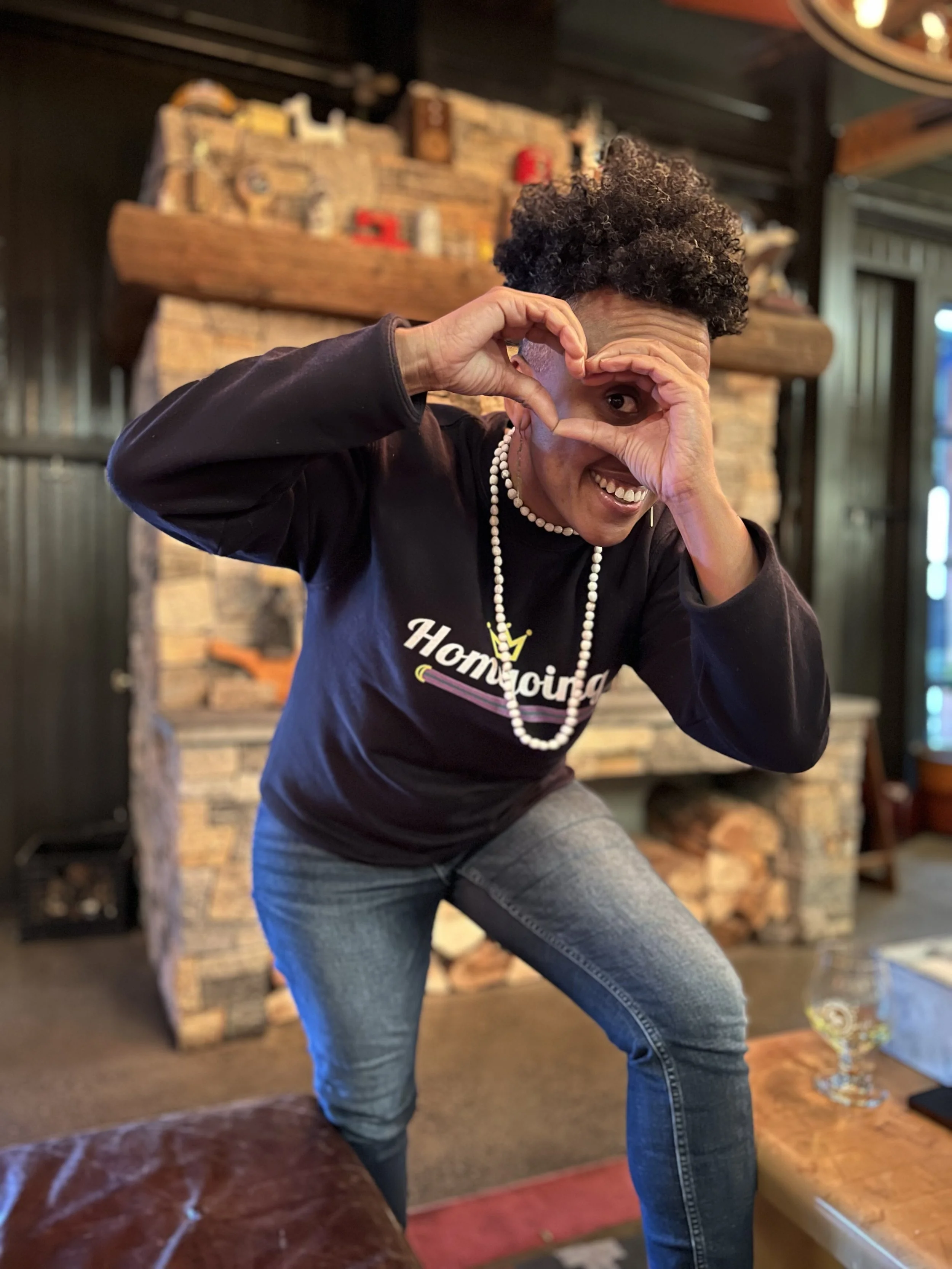Farm to School is agriculture-based education. It is grounded in the land. As an educator and program facilitator, I want to know about the controversial, complicated history between the land and the people on it, and to be able to talk about it openly. Talking openly and honestly about the negative impacts of individual and systemic racism is a key component of racial healing. What will you be doing this year on January 21st for the National Day of Racial Healing?
Ferene Paris of allheartinspirations.com. Photo by Jesse Dawson, courtesy of VBSR
When I saw an email about Ferene Paris’s workshop, “Storytelling for Racial Healing,” at Shelburne Farms earlier in December, I felt a strong pull to attend.
Personally, I was interested because I have trouble finding the right phrases to discuss my own experiences with race and culture. Professionally, I was interested because I want a diversity of cultures to be represented and accounted for in the Farm to School programs that I coach. I also hoped to use this workshop as a time to pause and reflect on a project I’m currently engaged in: editing Vermont’s Harvest of the Month program materials to be more equitably representative of different cultures, cooking skill-levels, and interests.
Ferene’s thesis, if I understood correctly, was that storytelling is an important starting point for racial healing. So, workshops like these, where we pause and talk about our experiences, can be a starting point for racial healing. When I got back from the workshop, my supervisor and I told stories about our own experiences with race, identity, racism, and racial justice groups. These conversations felt like setting down the foundational stones upon which future conversations could happen more easily.
I think if you are white and have not had much direct experience with interracial interactions, these conversations trend toward the abstract. Vermont is a state whose population is over 90% white. This workshop reflected those demographic percentages, more or less. It was interesting to me to consider this topic of racial healing within the context of a majority-white group. What is the end-goal here? How do you do storytelling for racial healing if you haven’t had many direct experiences with racial harm? How does the conversation differ when the group is majority- or all-white?
This workshop gave me the time and the space to reflect on these questions, rather than thinking about it on-the go – between task A and task B in the day – trying to process something that felt weird or rubbed me the wrong way. I want more time, more workshops like this one, to pause, think, talk, feel, reflect, and hear from others.
I appreciated many things in Ferene’s presentation. First, I appreciated the encouragement to lean into your innate gifts and talents. Second, I appreciated that she started her presentation with the acknowledgement that we stand on the shoulders of our ancestry, teachers, and parents. Third, I appreciated the balance between joyful and sorrowful. She intentionally picked images of Black joy for her slides. She also took the time to tell the story of Ruby Bridges, one of the first Black students to attend previously segregated schools in New Orleans, and challenged workshop attendees to really sit with the way Ms. Bridges was treated.
I don’t want to give away all of her notes, but one that I feel I must include is: When harm happens, acknowledgement in the moment is good, but also acknowledging and checking-in after an incident is better.
In a country with such a recent history of racial segregation and slavery, harmful interactions are guaranteed to happen. For some people, they live it daily. For others, they rarely experience it directly. But I am thankful to Ferene for encouraging us to talk about it when it happens and afterwards.
“The work” (i.e. racial healing through frank conversations) is done person-to-person. It’s easy to think “the work” is person-to-system – especially in a room full of white people who often talk about racism as a theoretical, systemic, social problem. But, Ferene suggests that the healing also happens person-to-person: through conversations, building real relationships, and checking in with each other. During these conversations about past harm and present consequences, Ferene advises us all to keep it real rather than to be performative. Being performative finds you with a protective “mask” on, which keeps away vulnerability but also keeps away authenticity. One guiding light for this is to keep your comments rooted in your experiences, your own story.
Ferene ended the workshop with a direct ask: Pause, reflect, and have more conversations about race and racial healing with your “mask” off. This starts with conversations about what is real for you right now.
Written by Adelaide Petrov-Yoo
Title image courtesy of All Heart Inspirations


